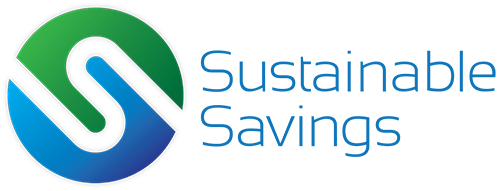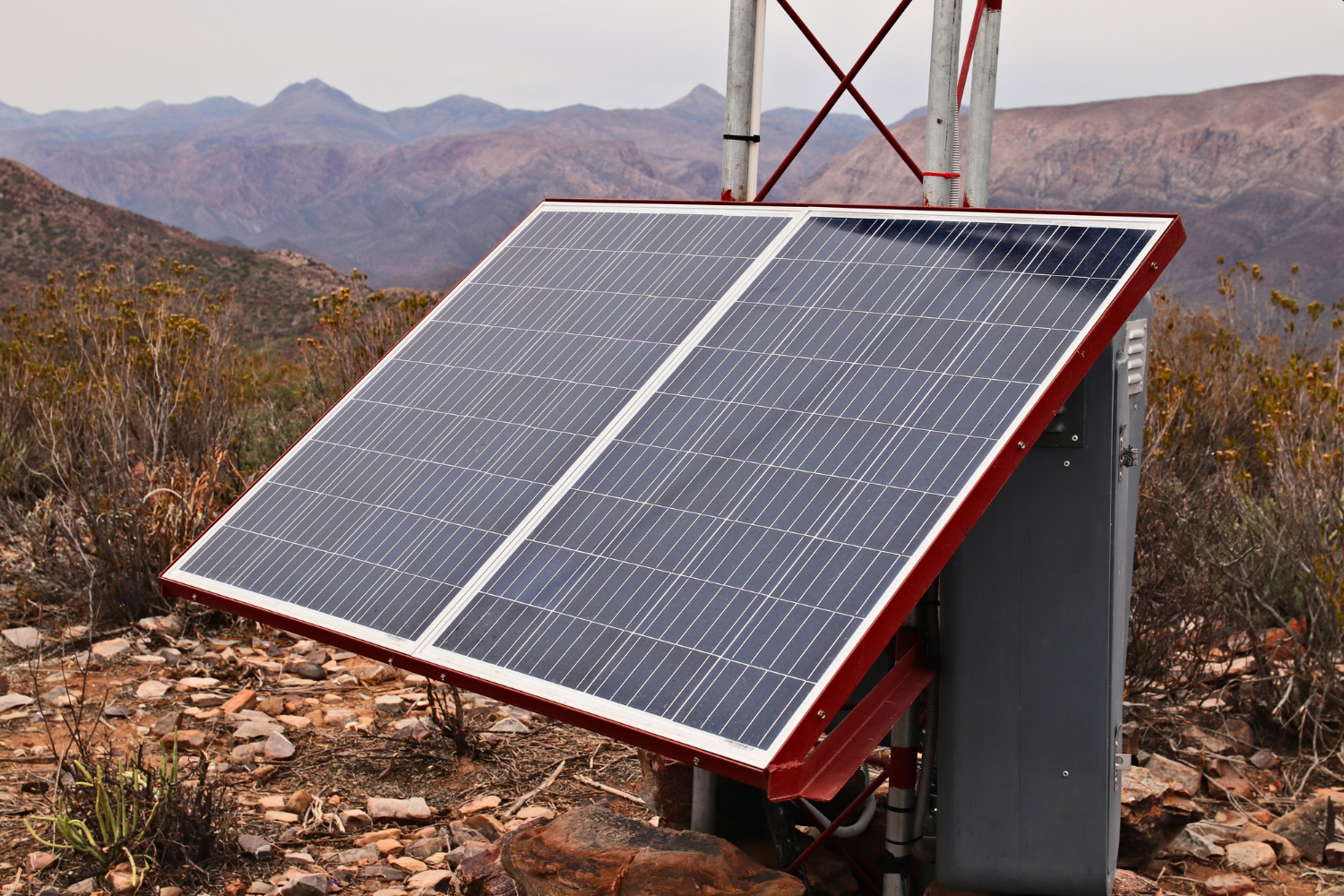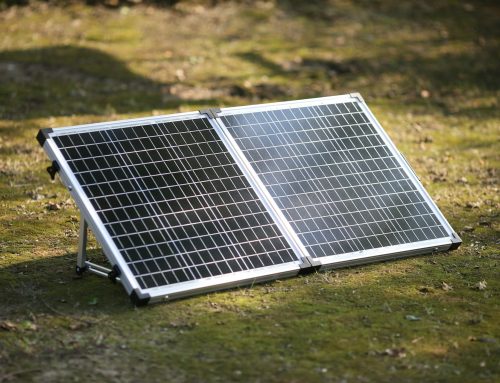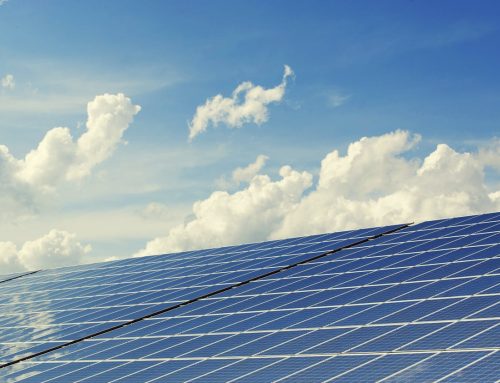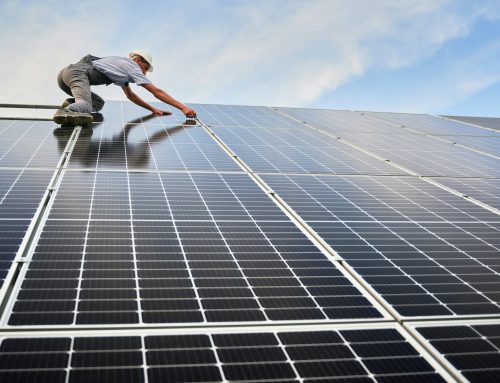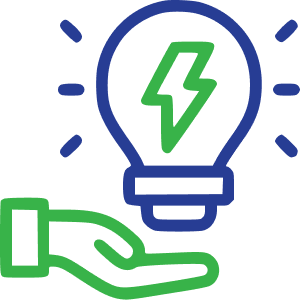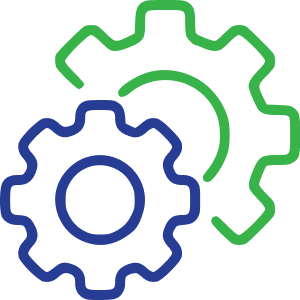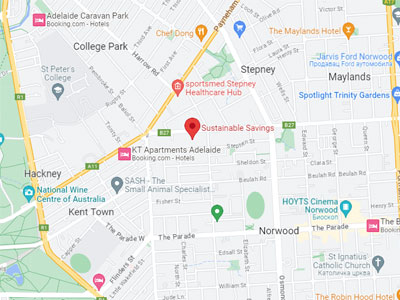Investing in commercial solar is a smart move when you’re aiming to lower long-term energy costs and improve sustainability within your business. But installing the panels is just one part of the journey. To really get the best out of your system, keeping tabs on how it’s performing over time is key. It’s not just about looking at the numbers every now and then, it’s about spotting small issues early before they turn into larger and more expensive problems.
August in Adelaide means we’re nearing the end of winter. This period is a great time to focus on system health and prepare for better solar production in spring and summer. Monitoring lets you stay ahead by showing you how your system responds to different weather conditions and operational needs. Whether you’re managing an office building or a manufacturing site, having a solid monitoring approach ensures your solar investment supports your day-to-day operations now and well into the future.
Understanding The Importance Of Monitoring Solar System Performance
Commercial solar systems, especially in regions like Adelaide where conditions can shift from cloudy winters to scorching summers quickly, need regular oversight. When performance dips, it’s not always easy to notice right away unless there’s a huge change in your energy bills. Consistent monitoring helps you track performance patterns over time and highlights small drops in efficiency early.
Let’s say your inverter runs into a fault over a weekend. Without monitoring, you might not notice for days or even weeks. That results in hundreds of kilowatt-hours lost without action. With proper monitoring tools in place, you’ll catch the issue early and avoid major disruptions.
Monitoring also helps:
– Keep your system working at peak output
– Ensure performance matches original design expectations
– Identify what’s normal versus what needs attention
– Make data-based decisions when expanding or upgrading your system
When your team takes the time to track the solar system’s health, it also builds confidence in the technology. It becomes easier to make strategic decisions down the line and know you’re getting the most out of your investment.
Key Techniques For Effective Solar System Monitoring
Getting the most out of solar monitoring doesn’t mean watching dashboards all day. With the right setup, most of the work happens in the background while still giving you full visibility.
Here’s how smart businesses in Adelaide keep an eye on their solar system’s performance:
1. Install reliable solar monitoring software
These platforms track daily energy production, system uptime, and will flag any issues instantly. Many inverters now come with cloud-enabled tools, so you can check everything from your phone or laptop.
2. Regular automated reports
Daily, weekly, or monthly reports give you ongoing insights. If July shows a drop in output, a quick look at the data can help you spot if it’s weather-related or something technical.
3. Alerts and notifications
Automatic alerts for issues like system faults or sudden production changes let your team act fast before problems get worse. This saves time and reduces avoidable downtime.
4. Compare actual output to expected performance
Good monitoring setups will let you view real performance numbers against expected figures. This makes it easier to track seasonal trends or catch underperformance early.
5. Schedule occasional physical assessments
Even with advanced software, there’s value in a professional on-site inspection. A licensed installer can check for things like loose wiring or signs of heat stress on key components.
This balanced approach gives you control and clarity without needing to constantly be hands-on. When the right equipment and know-how come together, high solar performance becomes far more achievable.
Common Issues To Watch Out For
Even high-quality systems experience wear and tear over time. Identifying issues early keeps efficiency high and repair costs low. In Adelaide’s intense summer heat and varied winter conditions, system longevity depends on catching problems before they grow.
Key warning signs include:
– Decreased output: Consistently lower production than usual could signal problems like shading, panel degradation, or inverter failure.
– Hot spots on panels: Faulty cells can cause specific areas of the panel to overheat, leading to energy loss and possible long-term damage.
– Inverter faults: Regularly check inverter displays for warning codes. These are often early signs of a performance or connection issue that needs professional review.
Part of understanding fluctuations in system output involves looking beyond the equipment. External factors like cloudy days, debris, or changing shading patterns can all play a role. But staying familiar with what’s typical for your setup makes it easier to spot what’s out of place.
Optimising Solar System Maintenance
Preventing breakdowns is always better than scrambling to fix them later. When system maintenance is proactive and structured, businesses enjoy smoother operations and better return on investment.
Simple steps to optimise maintenance:
1. Schedule regular check-ups
A qualified technician should inspect the system on a consistent basis. These checks make it easy to catch loose connections or poorly performing components.
2. Update system software
Keeping programs current helps maintain compatibility and ensures monitoring features function correctly. It may even unlock new tracking tools over time.
3. Don’t ignore visible faults
Small things like cracked panels or disconnected conduit might seem minor but can lead to system-wide faults. Getting these looked at quickly stops bigger damage from developing.
Partnering with a trusted service provider takes the pressure off internal teams and provides a trained eye on both hardware and digital issues. They’ll know what to look for and how to act fast.
Staying Ahead With Technological Advancements
Solar energy tech keeps evolving, and staying current can mean major benefits to how your system performs every day. New features make it easier for businesses to track, analyse, and improve solar output without requiring more time or effort.
Keeping up with upgrades like:
– Hybrid solar inverters
These support energy storage and allow intelligent energy use, reducing reliance on the grid and increasing energy independence.
– Predictive maintenance tools
These systems analyse performance data to identify where breakdowns may happen. Instead of reacting after something goes wrong, you can avoid the problem altogether.
– Remote monitoring apps
With continuous connection via the cloud, remote access to solar performance data means troubleshooting can begin without needing to be on-site.
These improvements make it easier to manage energy investments while also boosting reliability and performance in high-demand seasonal periods, especially over summer months in South Australia.
Maintaining Peak Solar Efficiency in Adelaide
With the right approach to monitoring and maintenance, your commercial solar system remains a strong contributor to your business operations and sustainability goals. Staying involved doesn’t mean more work. It means using tools that make performance clearer, patterns easier to spot, and decisions faster to make.
Whether you’re overseeing a large warehouse or multiple office buildings, prioritising solar system health means fewer disruptions and more consistent cost savings. Keeping up with evolving tools and working with experts makes all the difference between managing issues and fully avoiding them.
August is a turning point for solar production potential across Adelaide. With spring around the corner, there’s no better time to get ahead. Tracking system performance early sets the stage for maximising what the longer daylight hours can offer your business.
To keep your business running efficiently and avoid potential disruptions, it’s important to stay proactive with solar system maintenance. It helps your system remain high-performing year-round, especially as your energy needs grow. Let Sustainable Savings help you protect your investment and maximise long-term benefits with tailored commercial solutions.
